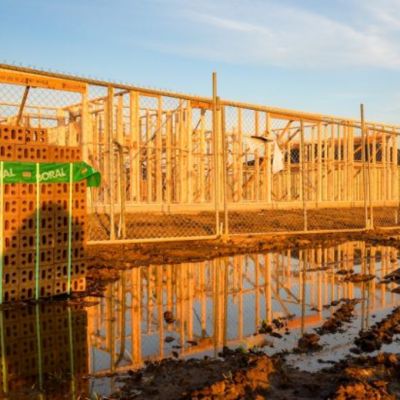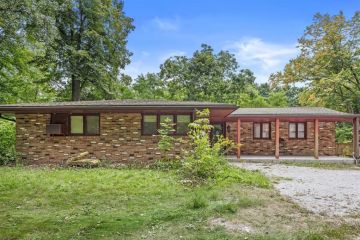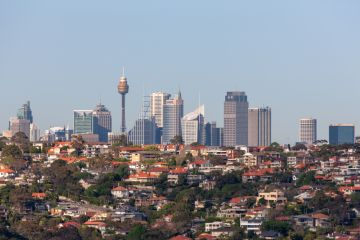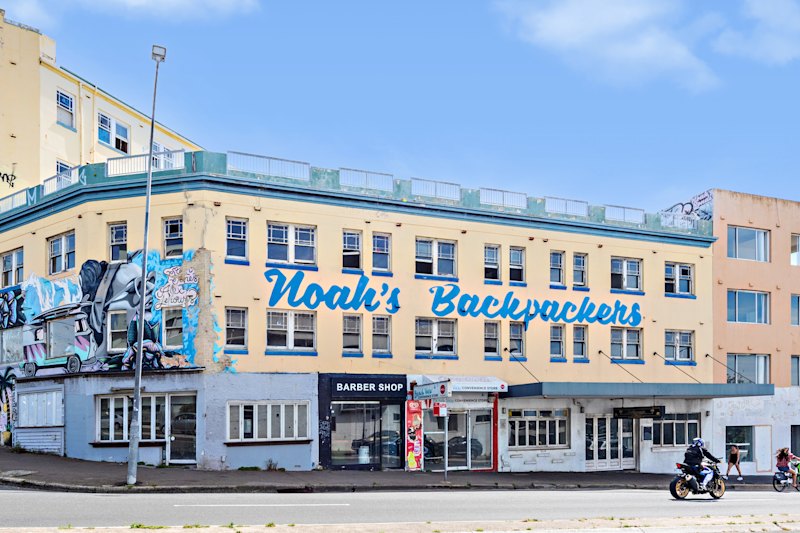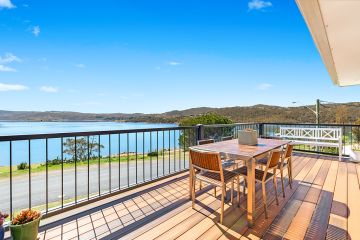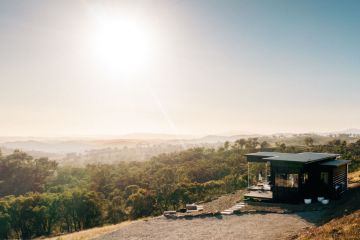Australia to have too many homes in 2017: BIS Shrapnel report
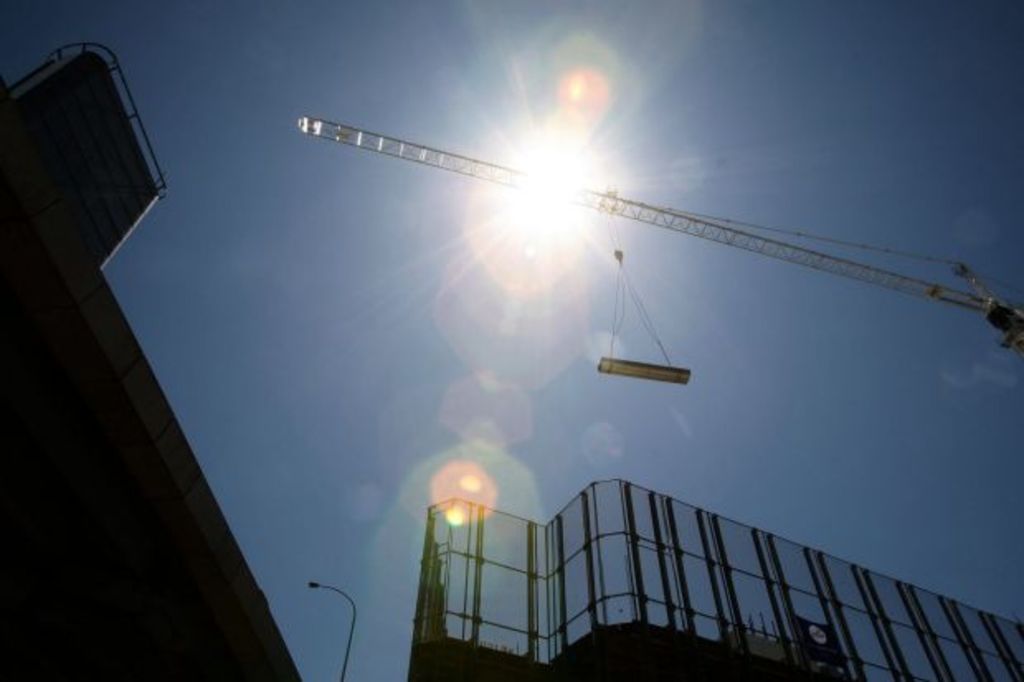
After a record breaking building boom in most capitals, Australia will have 24,039 extra homes above what are needed and will be oversupplied for the first time in more than a decade, a new report shows.
Leading the oversupply is Victoria, which will have 21,881 too many dwellings in 2017, according to BIS Shrapnel’s 2016 Building Industry Prospects report released on Thursday.
“We are moving into a period where by June 2017, every capital city will have some oversupply other than Sydney,” BIS Shrapnel managing director Robert Mellor said.
In NSW a significant shortage of 41,031 dwellings is expected in 2017, a small improvement on a shortage of 53,386 homes in 2016. Most of the building in each state has been concentrated in the capital city apartment markets.
Sydney’s undersupply is still so extensive that the city faces little chance of overcoming it by 2020 unless construction holds at current record levels, Mr Mellor said.
It’s almost the opposite situation in Brisbane and Melbourne where the oversupply of highrises is something “blind Freddy” could see coming, he said, including investors who might actively avoid the markets.
The Brisbane oversupply might be “worse” than that in Melbourne despite having a smaller overall figure as a shortage in the city itself is proportionately smaller, he said.
“It’s time industry groups move away from the rhetoric of undersupply,” he said.
The combination of falling migration, the new expected supply and a tightening regulatory environment is the makings of a “toxic cocktail” that would hit Melbourne and Brisbane, BIS Shrapnel associate director Kim Hawtrey said.
“Vacancy rates are heading back towards 3 per cent, price increases around the country are pretty subdued and unlikely to be dramatic going forward,” Mr Hawtrey said.
Domain Group chief economist Andrew Wilson agreed next year would see an emergence of an oversupply in Melbourne overall, but warned state-wide forecasts can be misleading due to the “sub-markets” within cities.
“What we’re seeing is a heightening of an oversupply in the CBD market [in Melbourne] that reflects what is happening in Southbank and Docklands,” Dr Wilson said.
“Just about every market in Australia has record levels of building, but we’re really not seeing higher vacancy rates yet,” he said.
In Sydney, he described the situation as a “first home buyer nightmare” where the high cost of housing will “move people into every nook and cranny they can afford”.
However, he said there were signs of some areas of “short-term creaking” where supply has started to overshoot quickly, such as in Parramatta.
Australian Population Research Institute president Bob Birrell said the BIS Shrapnel report was “broadly consistent with our findings” that Sydney homes would soon be even further out of the reach of aspiring home owners.
“Melbourne is a better situation than Sydney, with the safety valve of the fringe open,” he said.
The outer suburban prices in Melbourne’s west and northern suburbs have yet to reach those of much further flung suburbs in Sydney. Conventional house and land packages in Melbourne are available below $600,000.
But he warned his expectation for the Sydney and Melbourne apartment markets, sub-markets he claims are particularly oversupplied despite any state-wide figures, is of a “crunch” coming in 2017.
“Sydney has had a relative high amount of stock built in the past two or three years compared to before. But this is largely small apartments for which there is a limited market,” he said.
“There’s no safety valve at all in Sydney, but there is in Melbourne. As a consequence, younger couples are faced with buying infill but data shows that [land sites are so expensive] it’s very difficult to put affordable units on them,” he said.
BIS Shrapnel forecast the Melbourne market to cool before the Sydney market as a result of the oversupply, indicating a drop of 3 per cent in the median house price next year. In real terms, the market is expected to remain flat over 2017.
AMP Capital chief economist Shane Oliver said he was “sceptical” there would be a national oversupply next year, although pointed to evidence of a diminishing shortage of stock.
“We’ve seen the bulk of the [home building] momentum and we’re into a phase of the cycle where growth is slowing,” Dr Oliver said.
“As the supply situation is lessening and we’re seeing a higher supply environment, pressure is falling in parts of the west,” he said.
“If [the building boom] continued for a few years we could eat up the supply issue [in Sydney], but this is unlikely as approvals are starting to roll down.”
We recommend
We thought you might like
States
Capital Cities
Capital Cities - Rentals
Popular Areas
Allhomes
More

